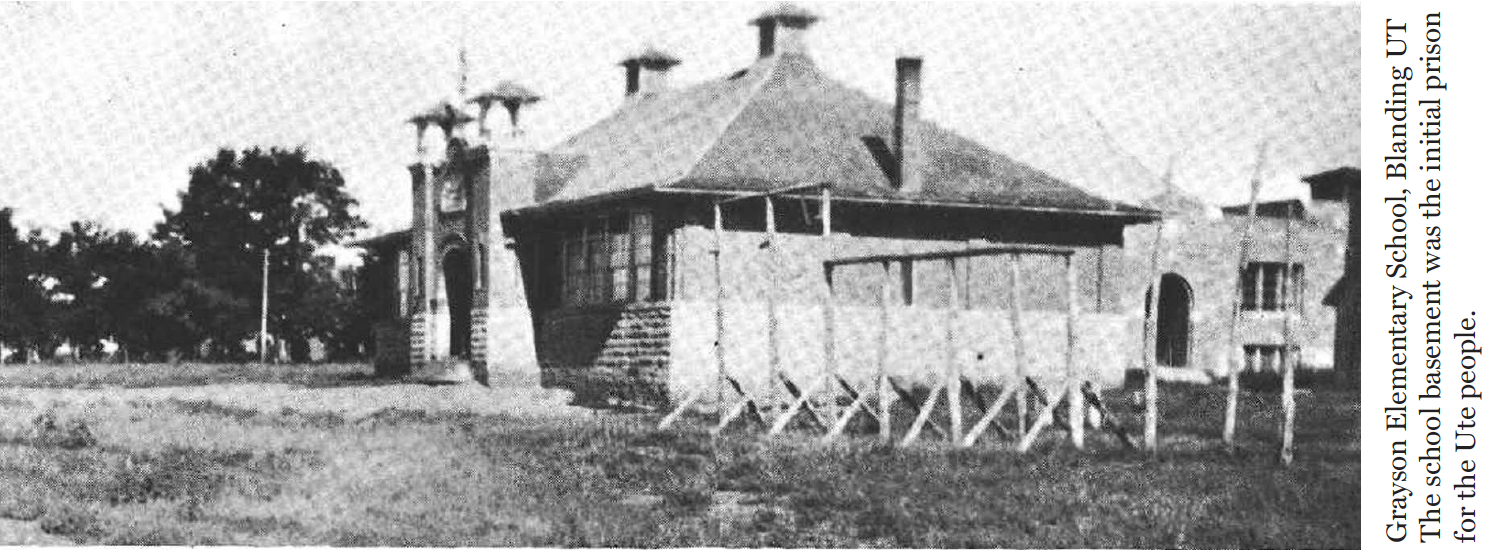Blog
Chapters of History
“We have lived in this country many years…long before any white men came.”
- Ute leader, Mancos Jim, January 1923
Beginnings
The Utes occupied a vast area of the interior West for a long time. Between 1868 and 1923, the fortunes of the Utes in San Juan County declined dramatically. No sooner had the 1868 treaty been signed than six years later the San Juan Cession required Utes to relinquish a sixty by ninety-mile block of land. In 1880 the Utes’ land base dropped further and the government actively intervened in Ute people’s lives, moving the four Northern Ute bands to what is now the Uintah and Ouray Reservation in northeast Utah and the Southern Ute bands to southwest Colorado. As was the pattern, former Ute lands were promptly opened to white settlement…
Blanding, UT-March 19, 1923
We begin with a narrative based on oral tradition and documentary evidence detailing the opening events of 1923. A young Ute man turns himself into local authorities who convict him of raiding a Mexican shepherd’s camp several months previous. After the crowd disbanded, the young Ute, Posey, sheriff Bill Oliver, and George Hurst remained behind in the school’s basement where the trial took place. It was there, outside the school, where a fight between the young Ute and the sheriff led to a posse pursuing the two fleeing Ute men and the immediate imprisonment of the Allen Canyon Utes...
Resistance
Resistance. The narrative picks up in 1923 as a group of Allen Canyon Utes resisted capture and fled en route to Navajo Mountain. Forced to surrender, they joined the rest of the band in the wire stockade…
Bears Ears, March 20-22, 1923
March 20: found the Utes who had evaded imprisonment running from a posse of about fifty white men. Women and children with herds of goats and horses led the retreat as Ute men took a defensive posture. They moved eastward from Butler Wash where they had camped. It was on Comb Ridge where Bill Young shot and killed Joe Bishop’s Little Boy.
Driven Like Coyotes
In March 1914, a Mexican shepherd named Juan Chacon was found murdered on the Ute Mountain reservation. Tse-ne-gat, Polk’s son, blamed for the crime, refused to surrender. He and other Ute resisted officials intent on forcing a surrender. Maj. Gen. Hugh L. Scott of the United States Army eventually brokered a peace. Tse-ne-gat was put on trial in Colorado, where he was acquitted. Posey, Polk, and other Ute leaders signed an agreement, under force, to remove to Colorado…






